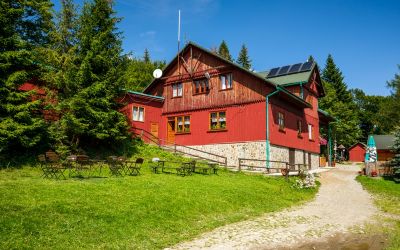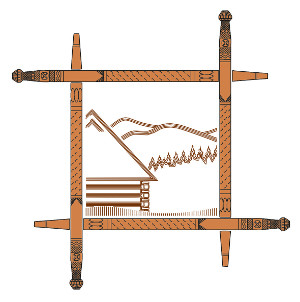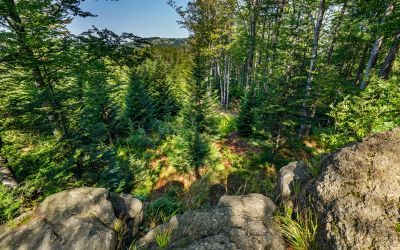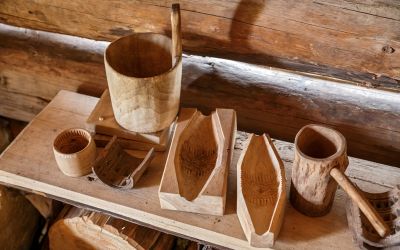In the footsteps of Wołochów around Lesser Poland
We invite you to wander in the footsteps of Wołochów ... 15 thematic routes leading through Lesser Poland, which together form a holistic, cross-sectional image of the shepherd's legacy, for which mountain areas are the background - a context that thanks to the trails gains additional, non-material value.

Czas przejścia:
8:00
Odległość:
24,4
Poziom trudności:
2
Tematyka:
etnografia
Opis produktu
Czartak - Przełęcz pod Magurka Ponikiewska 6.7 km (2:35 h) - PTTK Leskowiec shelter 2.1 km (0:45 h) - Krzeszów 5.8 km (1:30 h) - Gołuszkowa Góra 4.4 km ( 1:35 h) - Sucha Beskidzka 5.4 km (1:35 h)
The route is recommended for: individual tourists, groups, families with children
Throughout the years of presence in the Polish mountains, Wołosi successively settled next regions of the Beskids, moving west. They arrived in the Little Beskids at the beginning of the 16th century, bringing with them not only pastoral habits, but also an increasingly better ability to combine seasonal activities with a sedentary lifestyle. The area of high mountain pastures was incomparably smaller than the one they knew from other regions of the Beskids. In the upper parts of the village, therefore, they more and more often formed hamlets called ashes, whose layout in the field is legible until today.
Glades, meadows and hammers were used by shepherds from the Little Beskids often throughout the year. Huts were built on them, in which hay was stored - it fed sheep and oxen in winter, without bringing the herd to the village at all. Over time, the huts were converted into houses, and new, independent farms were formed on the slopes of the mountains, shaping a new layer of society - laniards. From time to time, landowners inspected and measured this type of work, pulling it into the register and legalizing it by granting ownership to the users. We owe the Wallachians not only glades and mountain halls, but also scattered buildings and numerous mountain hamlets, so popular in the areas of the Little Beskids.
Beskid Mały, like other regions of the Polish part of the Carpathians, also experienced its "golden age" of pastoralism. About the intensity of grazing in this area is indicated by historical documents of the Duchy of Zator and Oświęcim, which show that in the 16th century about 750 sheep were grazed in the royal forests. Szałasnictwo began to gradually disappear at the beginning of the 20th century. Today, most glades are gradually overgrowing.
-
Route:
The walking route runs through the eastern part of the Little Beskids, known as the Andrychów Beskids - from one of the most important cities in this region: Andrychów. The trek begins in Czartak, a hamlet of the village of Mucharz. Czartak is also the name of a regionalist literary group founded by Emil Zegadłowicz - a Polish poet, prose writer and art expert who spent his childhood at the court in Gorzenie Górny, located nearby. From here, we follow the yellow trail to the west, to reach the pass under Magurka Ponikiewska after approx. 2:30 h. Along the way, Żar mountain, whose name refers to glades obtained by the incandescent method. Pokiniew, a village located in the valley, is also a village associated with Wallachian settlement.
After approx. 0:45 hours we reach Leskowiec, a mountain covered with forest today. At its top there is a large clearing, which is a remnant of former pastoralism. An important junction of hiking trails and one of the best viewpoints in the Little Beskids. Near the PTTK shelter.
From Leskowiec follow the red trail and go down to Krzeszów after approx. 1:30 h and continue to the top of Żurawnica and Gołuszkowa Góra. From here, follow the green trail to the Stryszawka river valley to reach Sucha Beskidzka after approx. 1:30 h.
Dodatkowe informacje
Tourist and cultural events in the area:
- Blueberry festival, July, Orava Ethnographic Park.
- Beskid Culture Week, August, Regional Culture Center in Bielsko-Biała.
- Babiogórska Jesień, September, Babiogórska Centrum Kultury

















